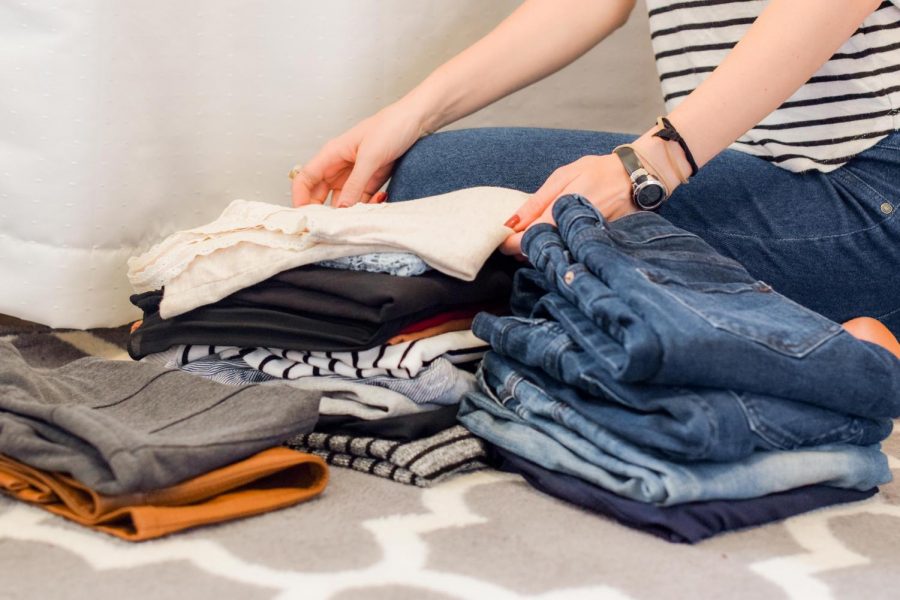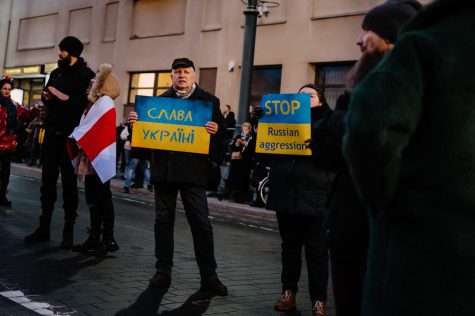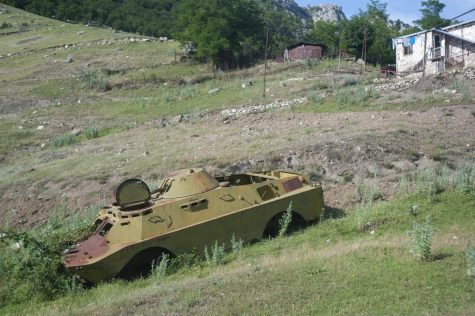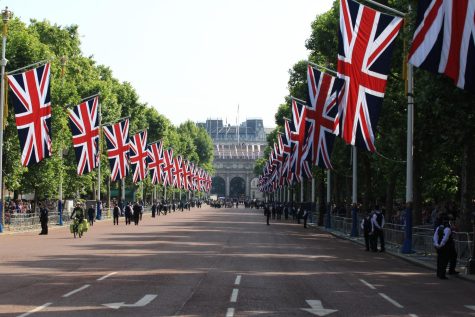Fast Fashion: It’s Just Clothing
What’s in what you wear?
What is Fast Fashion?
There is a lot of talk about the topic of fast fashion, but what exactly is it? Fast fashion is the fashion industry’s focus on producing a lot of clothing at an extremely fast rate. Low quality materials mean the garments are cheap but at an unethical cost. The environment and people are damaged by this corrupt way of clothing production. Some well known fast fashion brands are Nike, H&M, Zara, and Forever 21.

Why It’s an Issue
One of the main issues with fast fashion is its impact on the environment. Some brands use toxic chemicals and dyes that trickle into water supplies, posing a threat to aquatic inhabitants and, more importantly, our freshwater supply. According to The Good Trade, harmful chemicals have actually been found in clothing in stores today. Wearing these garments can pose health risks because your skin absorbs a lot of toxins. Fast fashion also contributes to global emissions– around 10% according to Business Insider. Synthetic fibers such as nylon and polyester are made of fossil fuels that emit greenhouse gases and take hundreds of years to degrade, contributing heavily to the piling up of clothing in the world’s landfills. Emissions from the clothing industry are expected to rise by 60% by 2030. The industry also uses a large water supply. Just to make one pair of jeans, companies use about 2,000 gallons of water, as stated by Business Insider. Furthermore, the materials that many brands use are not environmentally friendly and mediums like leather require many resources to raise the animals and then use toxic chemicals during the tanning process.
Fast fashion also impacts people and communities. The working conditions of the people creating the clothes are horrible, and they are often not paid enough for their work. Sustain Your Style mentions a few of the horrendous ways these workers are being taken advantage of: while these laborers are paid minimum wage, they are not paid the minimum living wage, meaning they don’t have enough to survive solely on their one income. Not only this, but the safety conditions of these working spaces are atrocious. They lack ventilation, and accidents and injuries are very frequent. Child labor and forced labor are also a big problem within the industry. Around 168 million children in the world are forced to work, a large number of them working in the fast fashion industry. Labor for the fast fashion industry is also often sourced in some of the poorest countries on Earth, where there aren’t tons of economic opportunities, making these workers easily exploitable. On average, a fast-fashion laborer earns about $1.45 for their work, while the businesses thrive on profits of around $5,000 dollars, according to The Guardian. I don’t think I need to tell you how unfair this is, considering the minimum wage in the United States is around $7.25. People are suffering at the cost of pieces of fabric. All because we want the latest styles as soon as possible, at the cheapest cost possible.
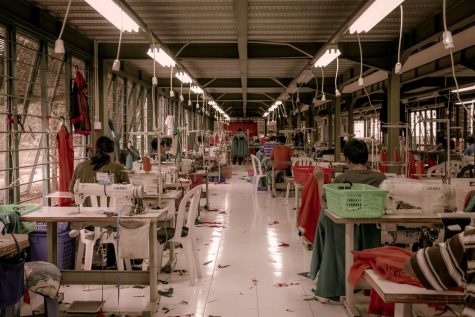
How You Can Help
Despite the large number of fast fashion brands there are, there are many ways for you to help stop the growth of fast fashion. One way is to buy from more sustainable businesses or second-hand clothing stores. Some examples: https://thepangaia.com, https://fordays.com The Holderness Thrift Shop (@holdy_thrift_shop) is also a good place to donate or buy clothing so that it doesn’t go to waste.
Additions
This is an extremely insightful interactive documentary that illustrates the damaging effects of fast fashion. https://www.theguardian.com/world/ng-interactive/2014/apr/bangladesh-shirt-on-your-back

